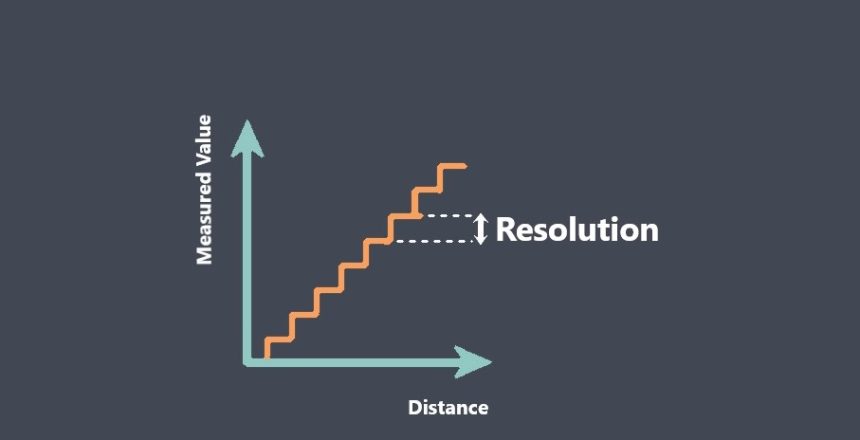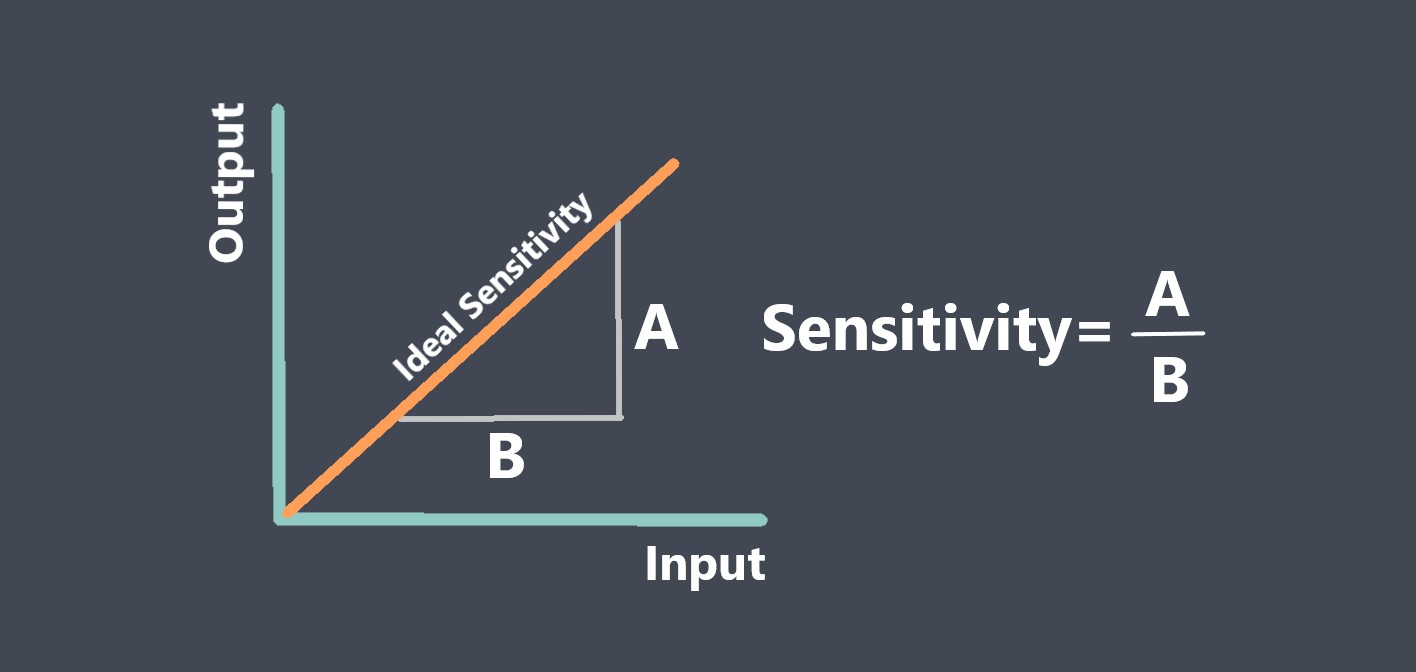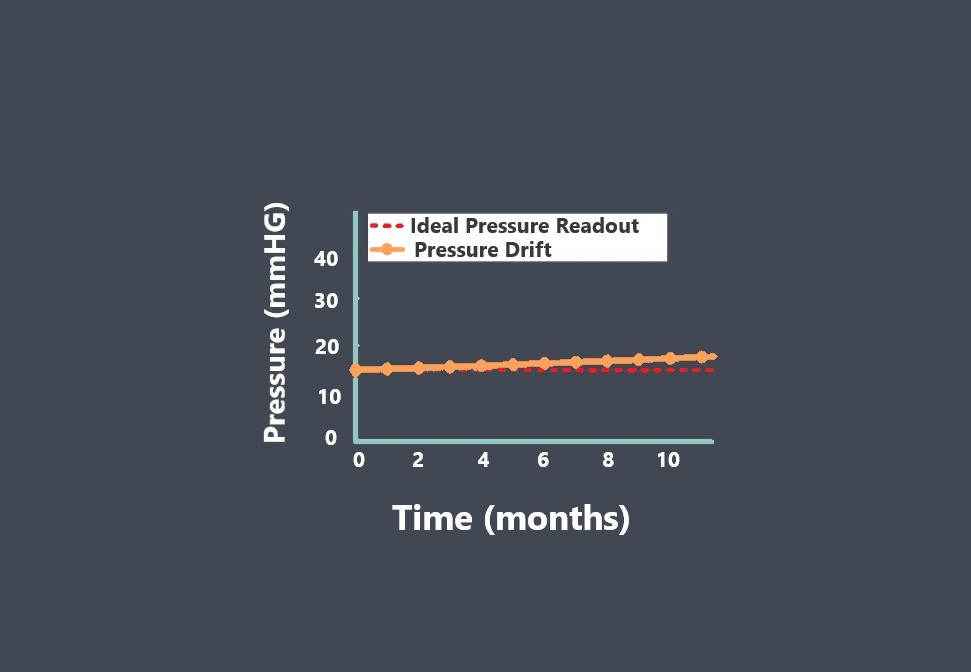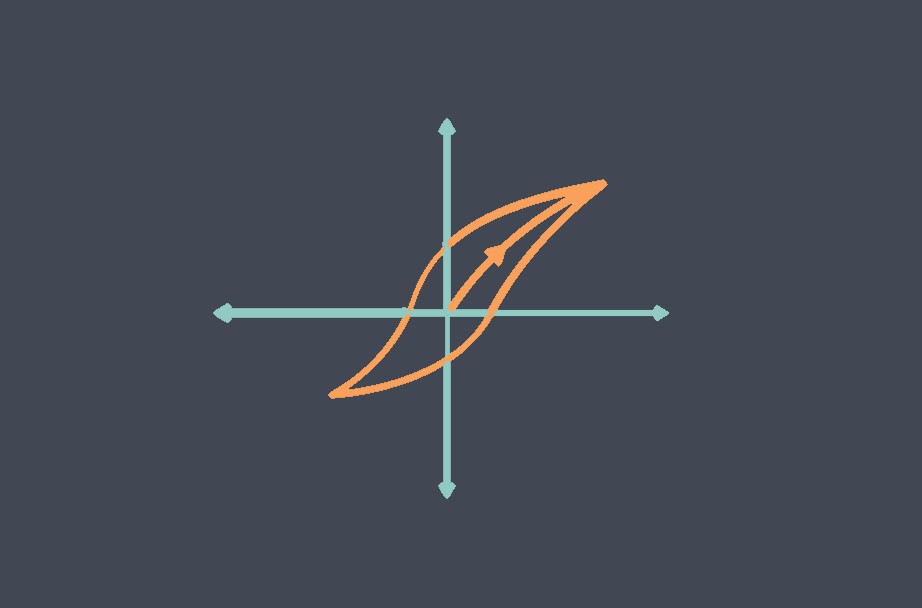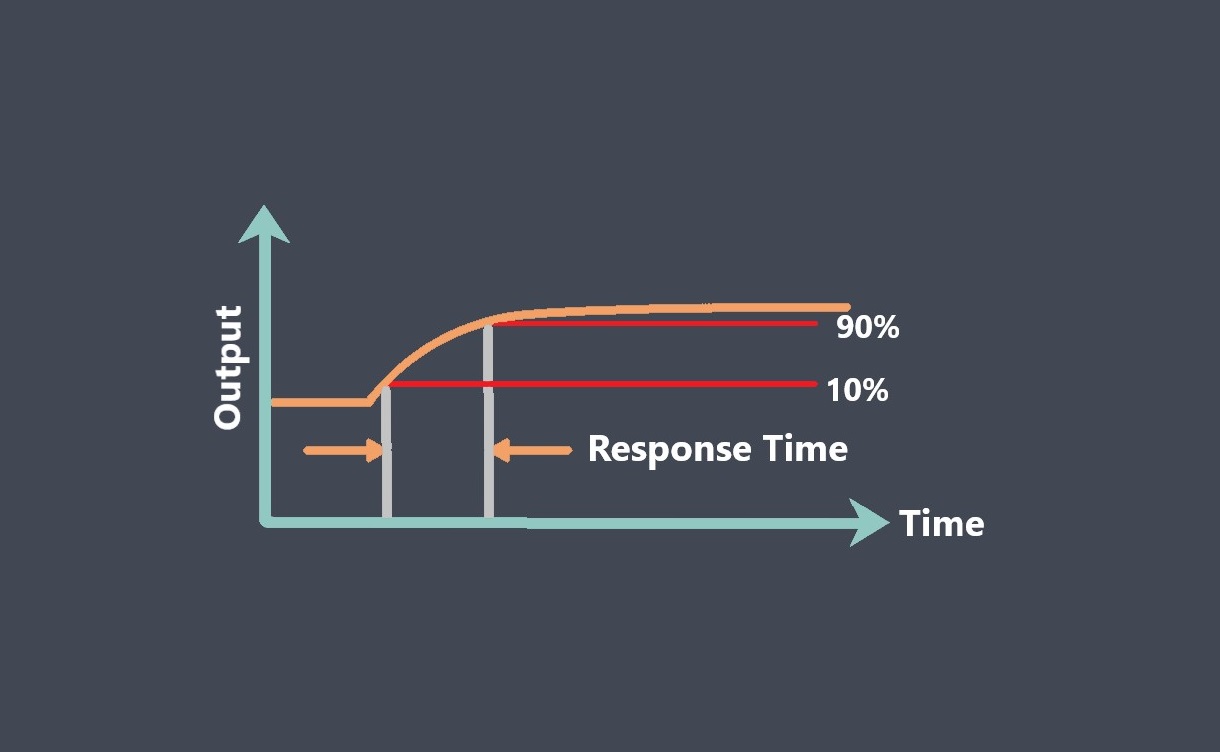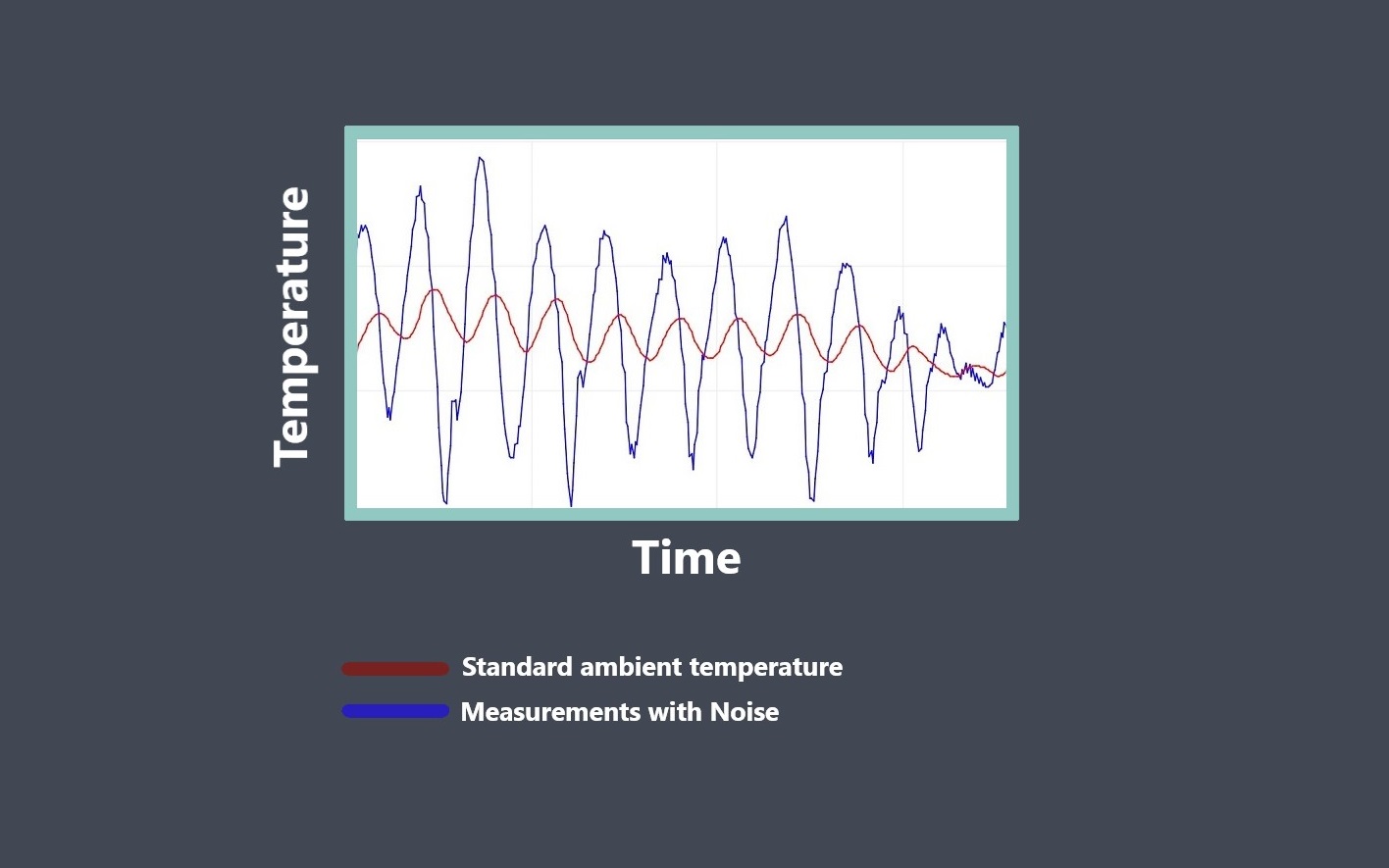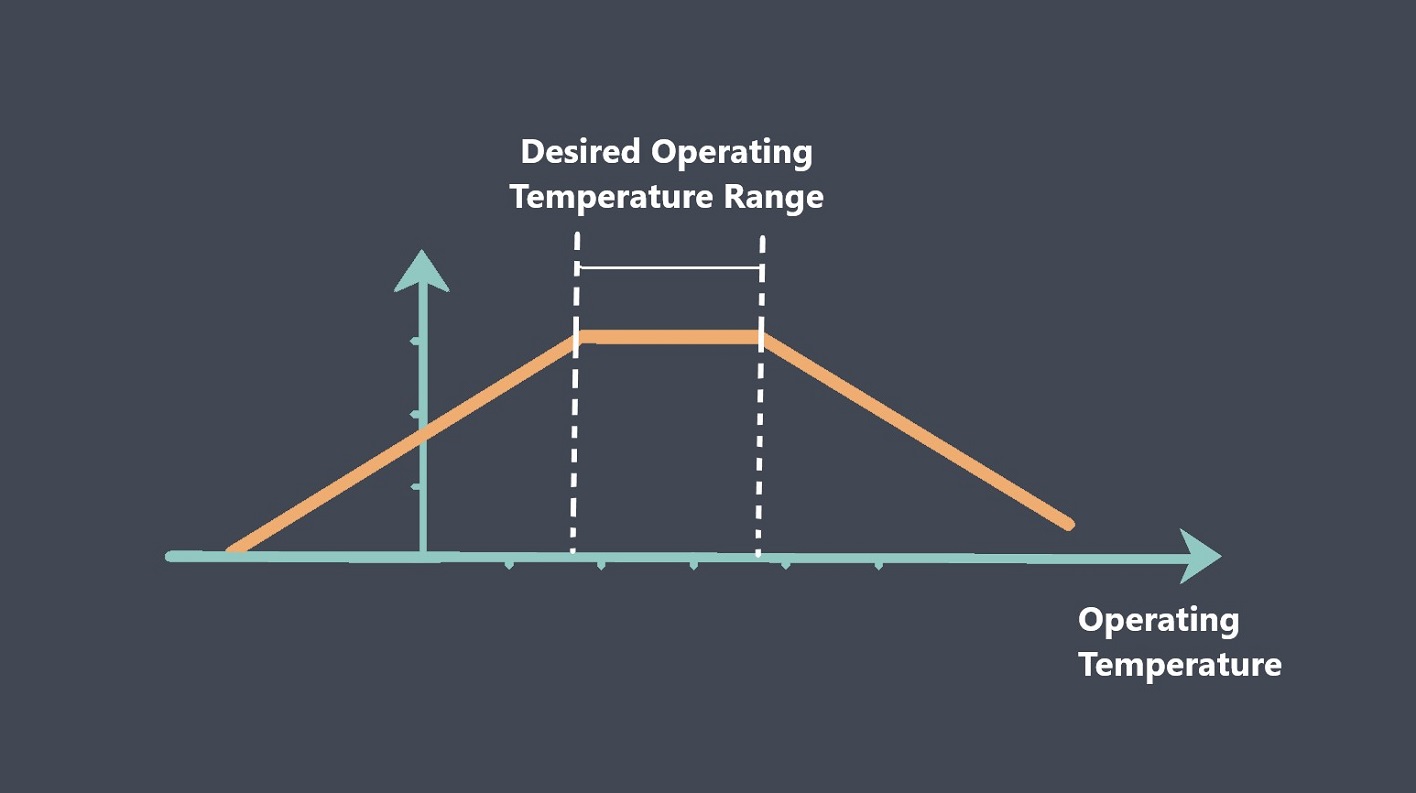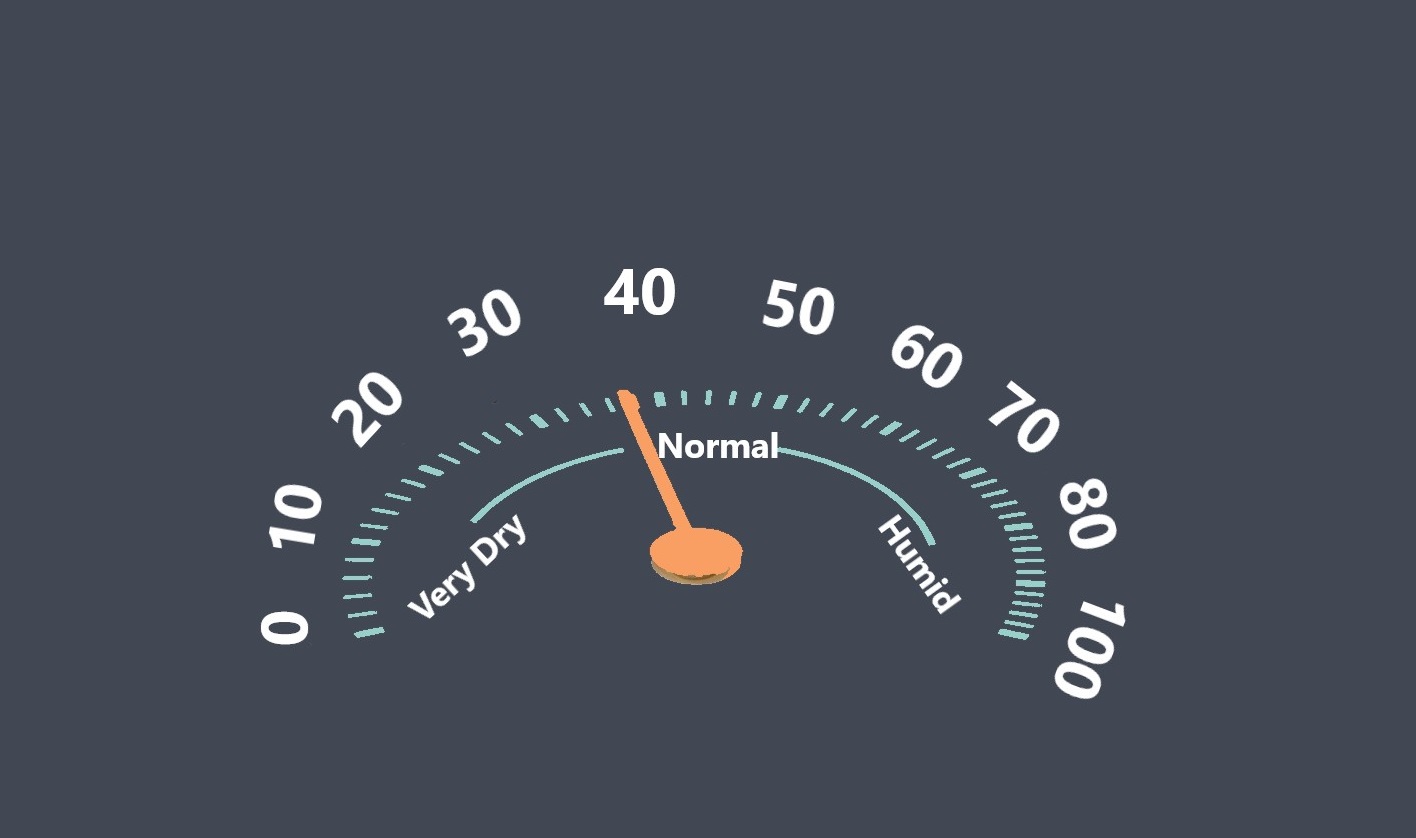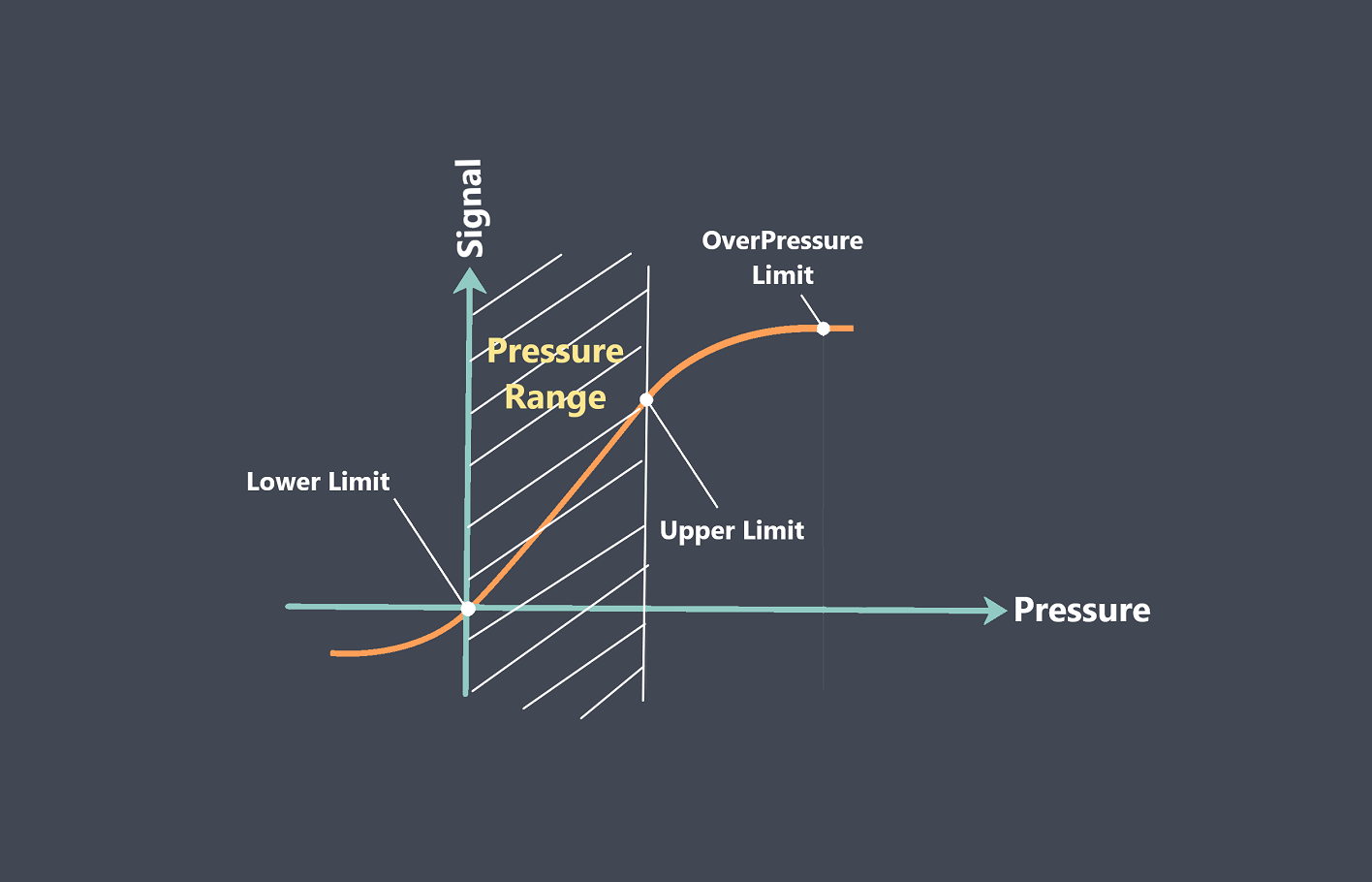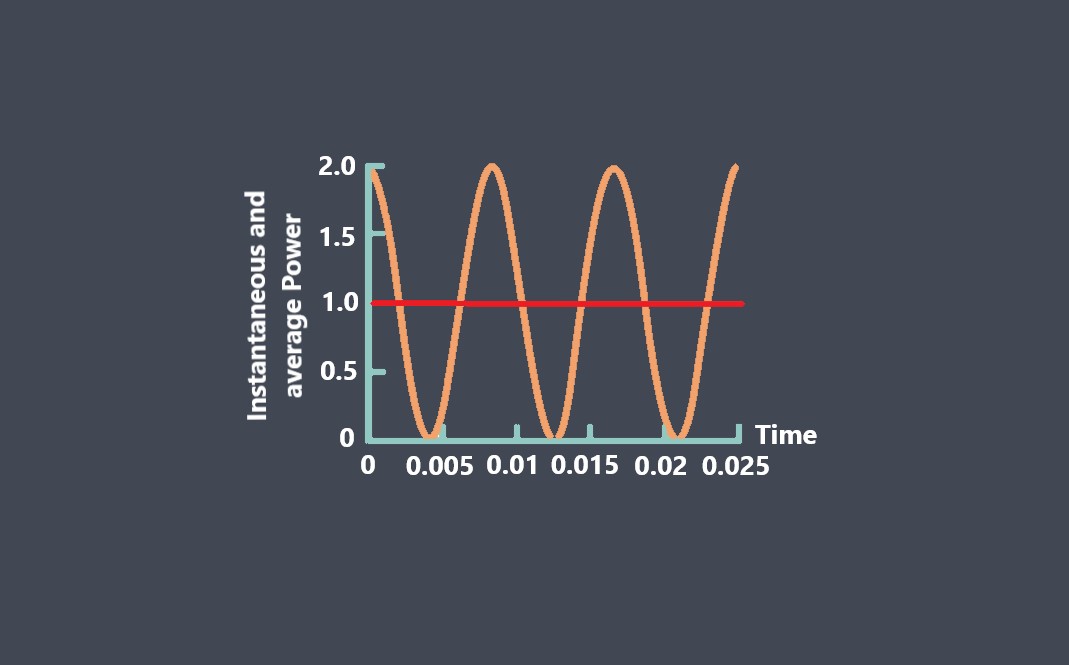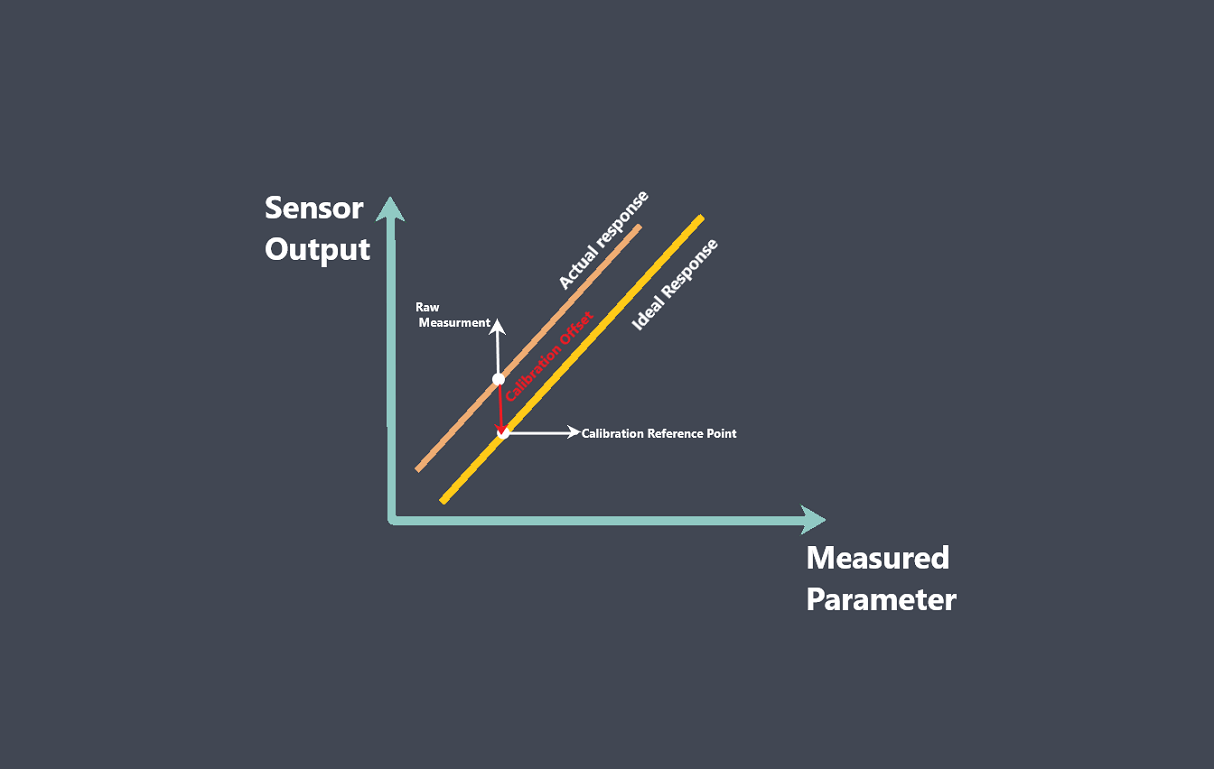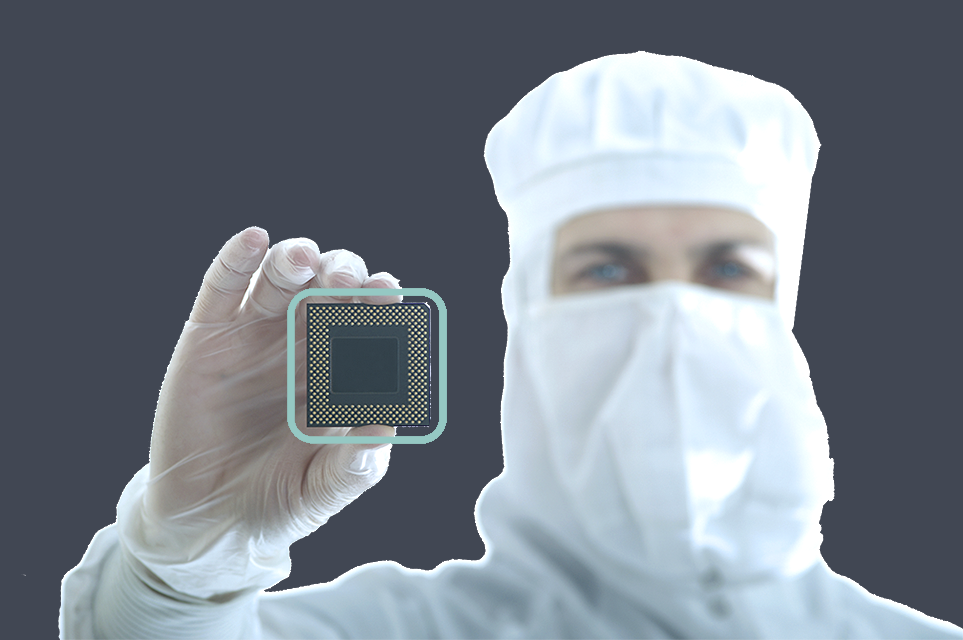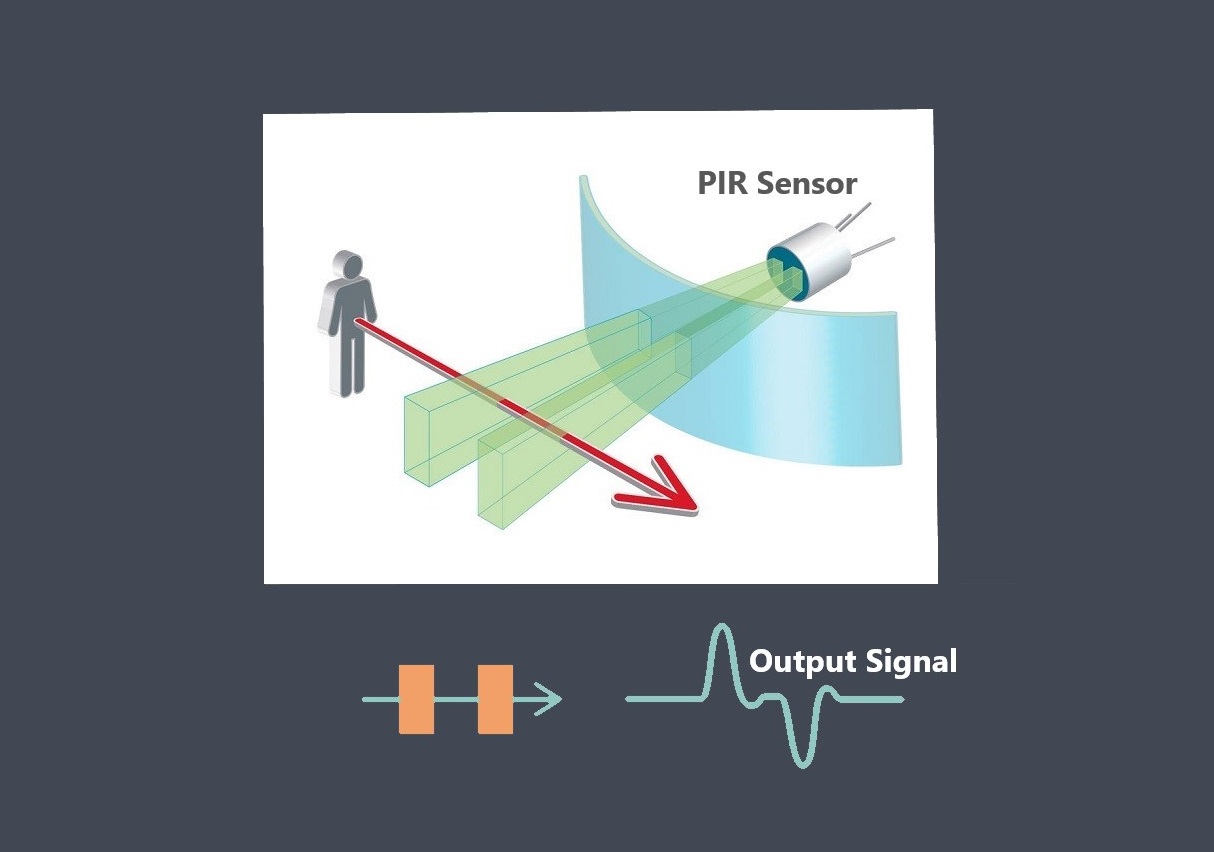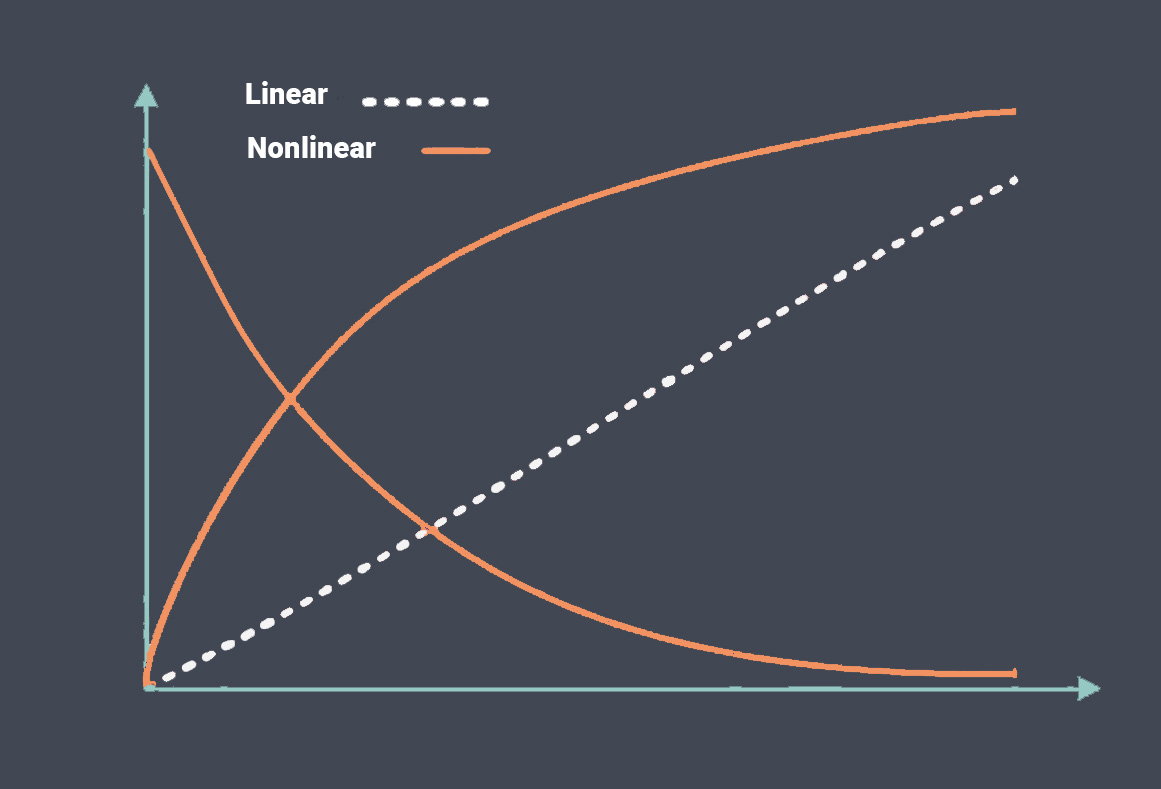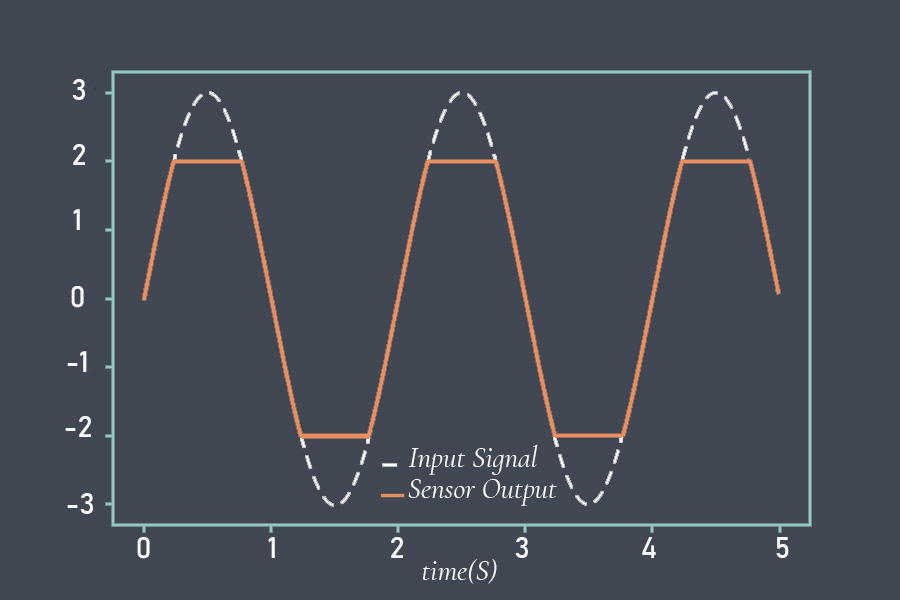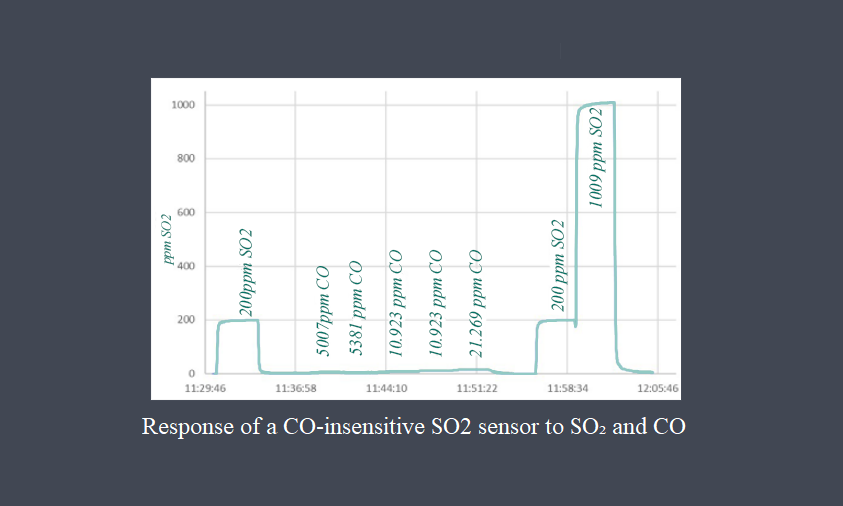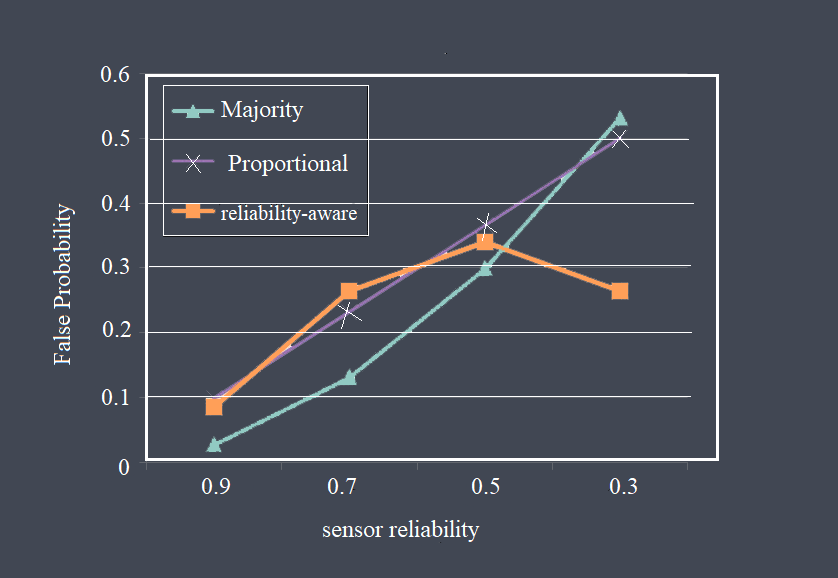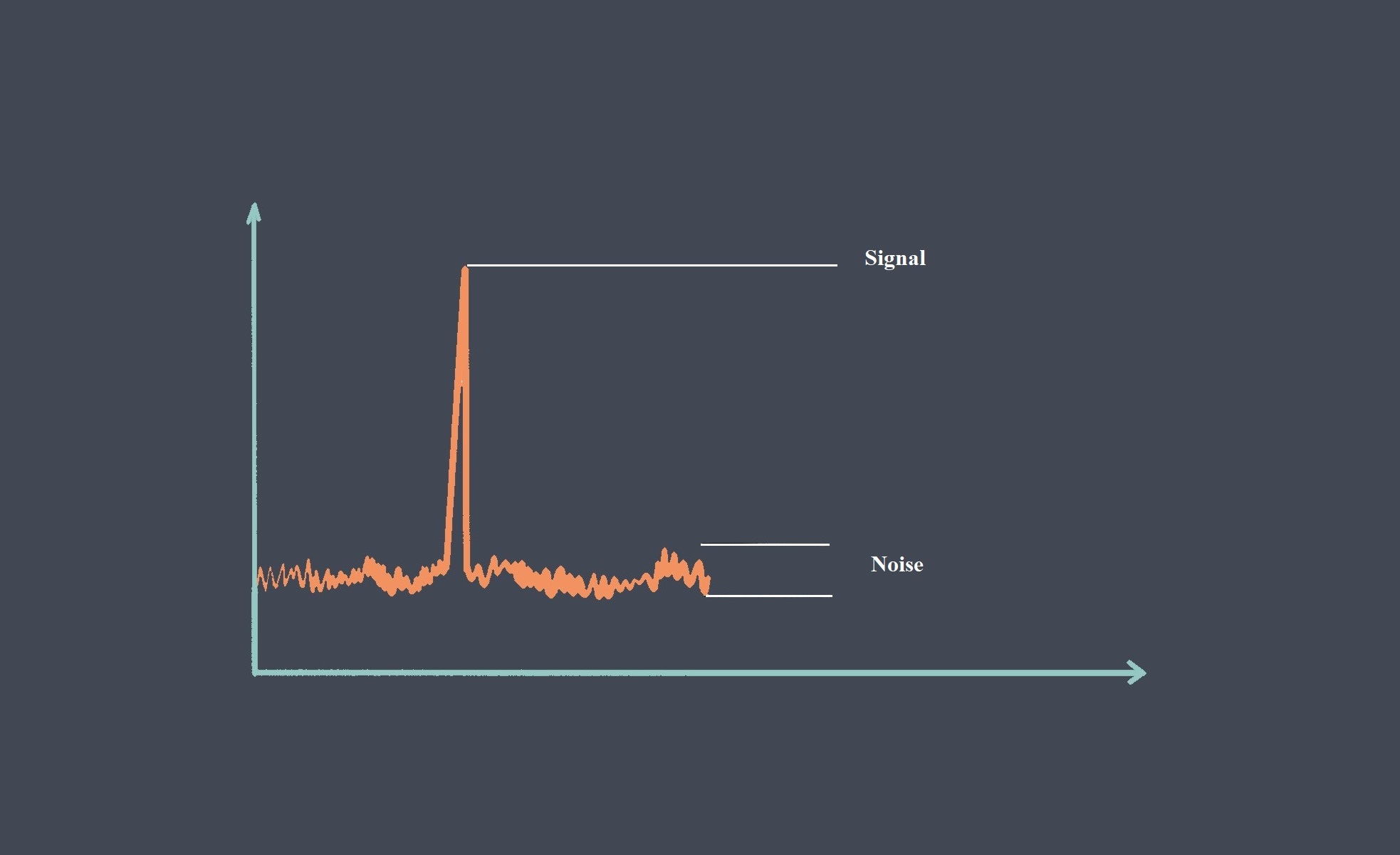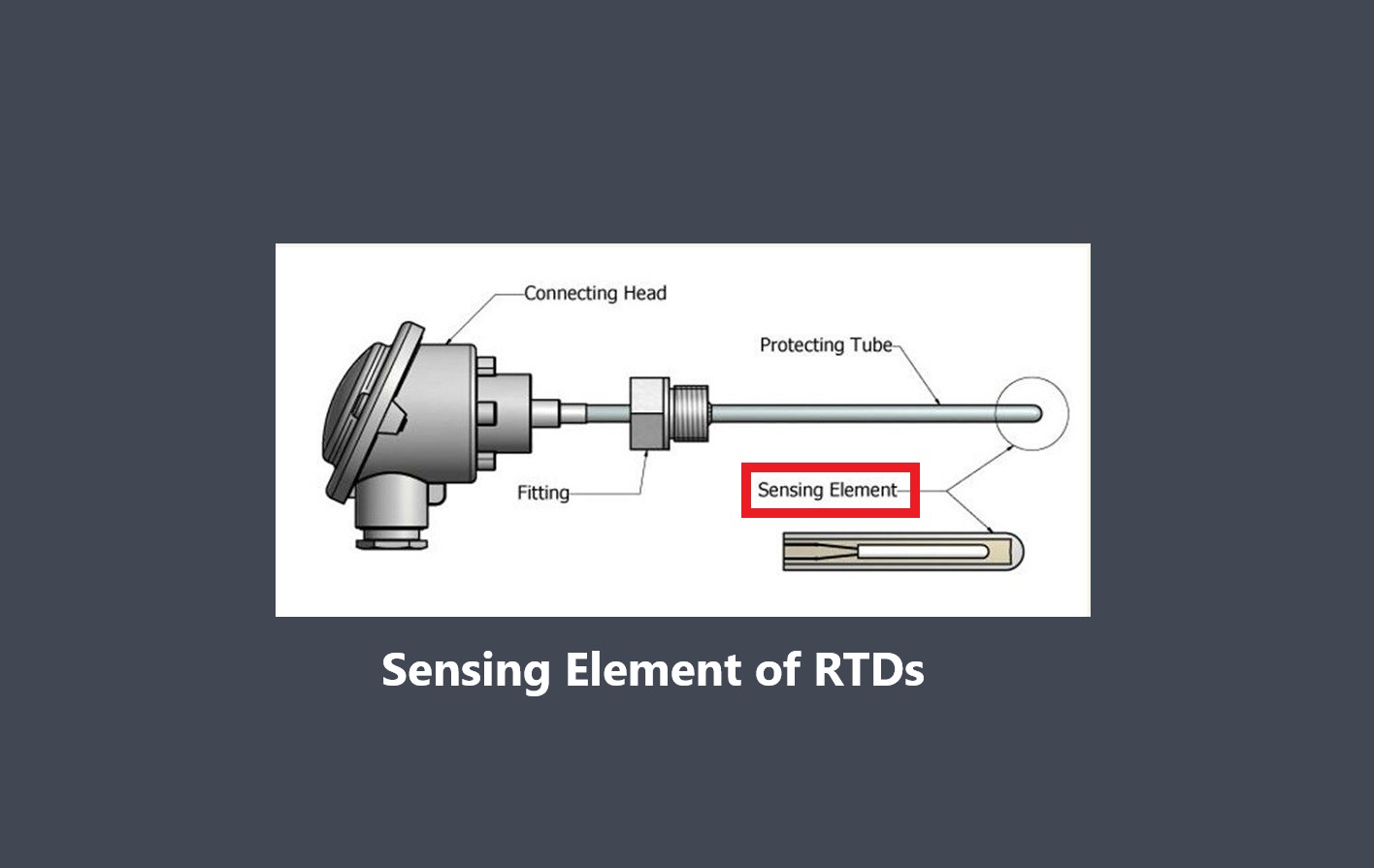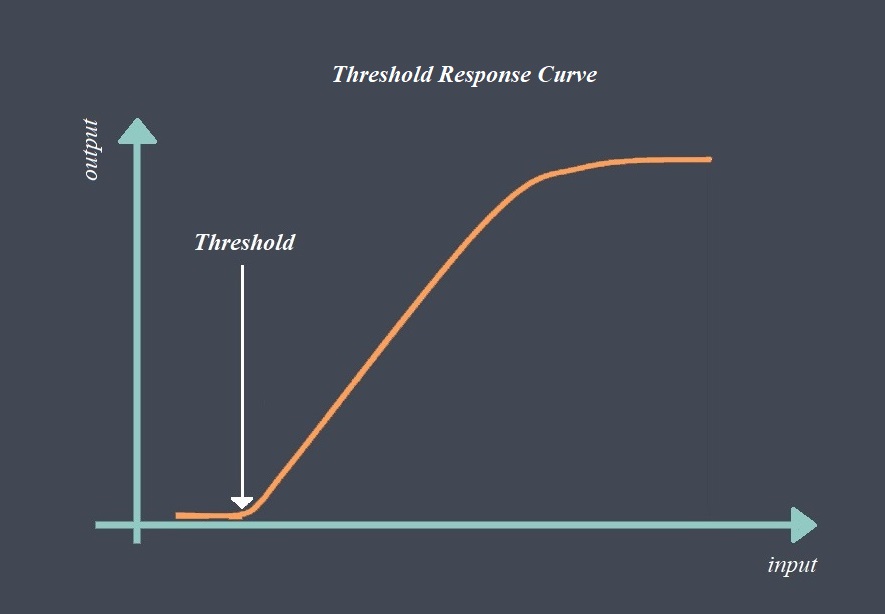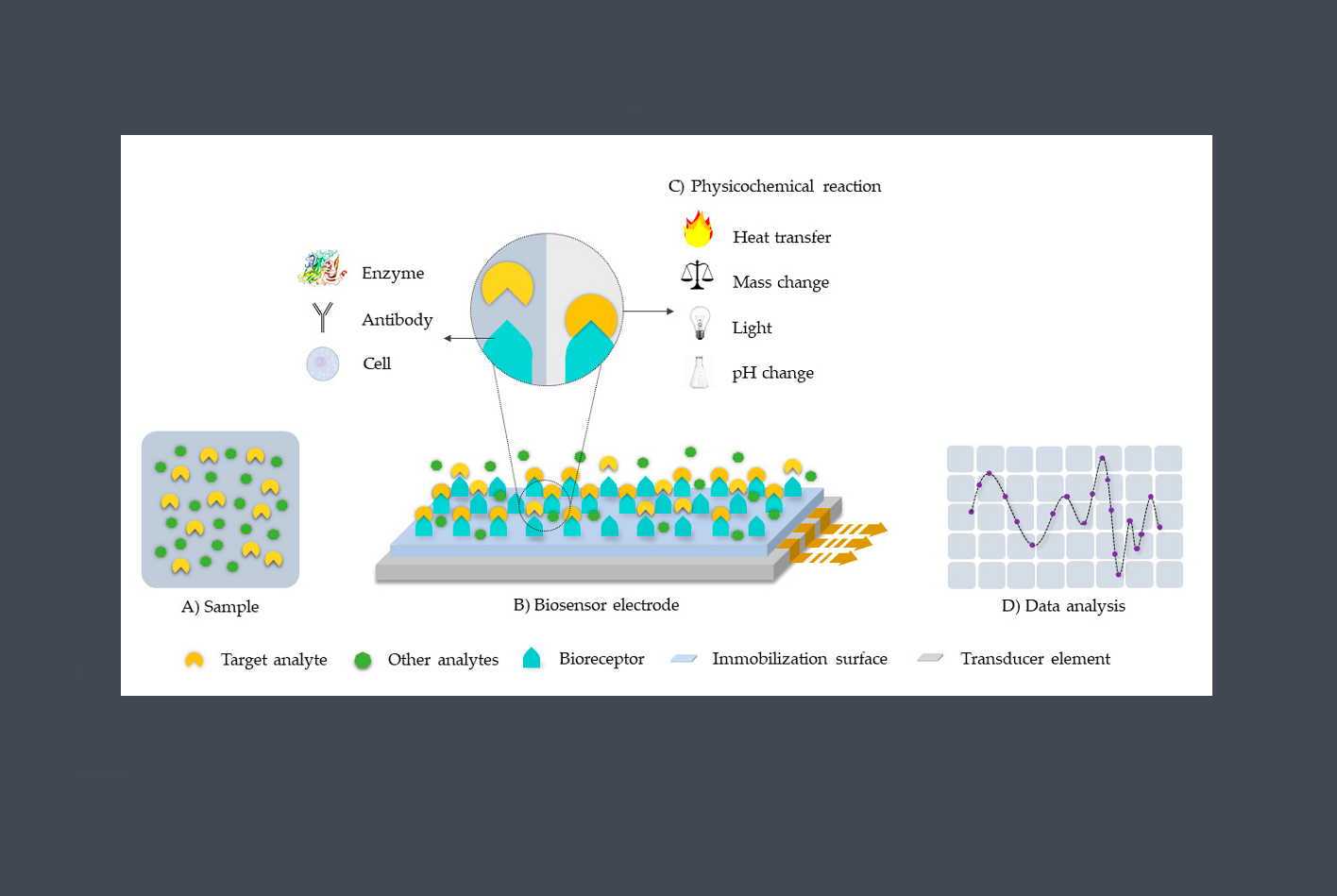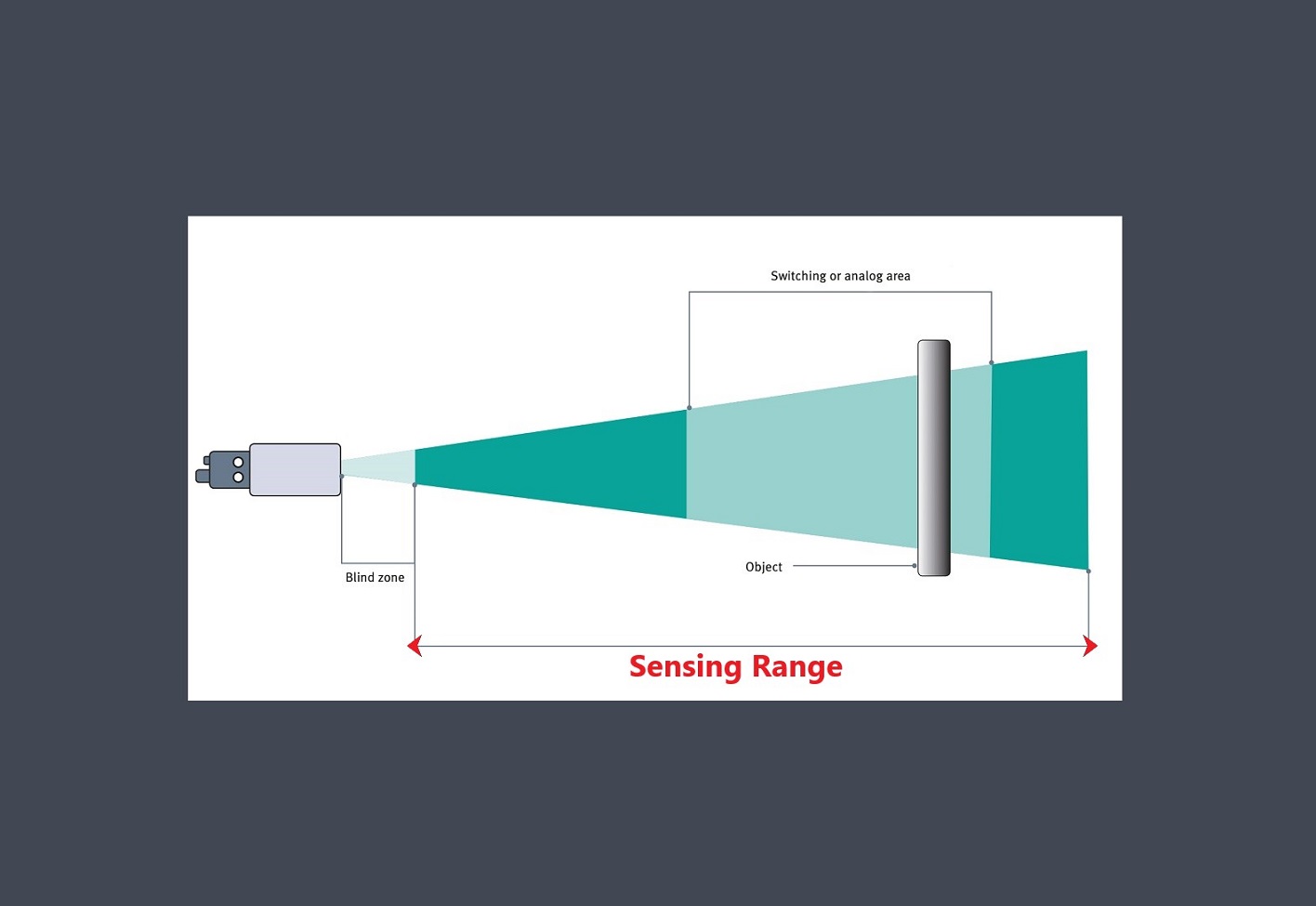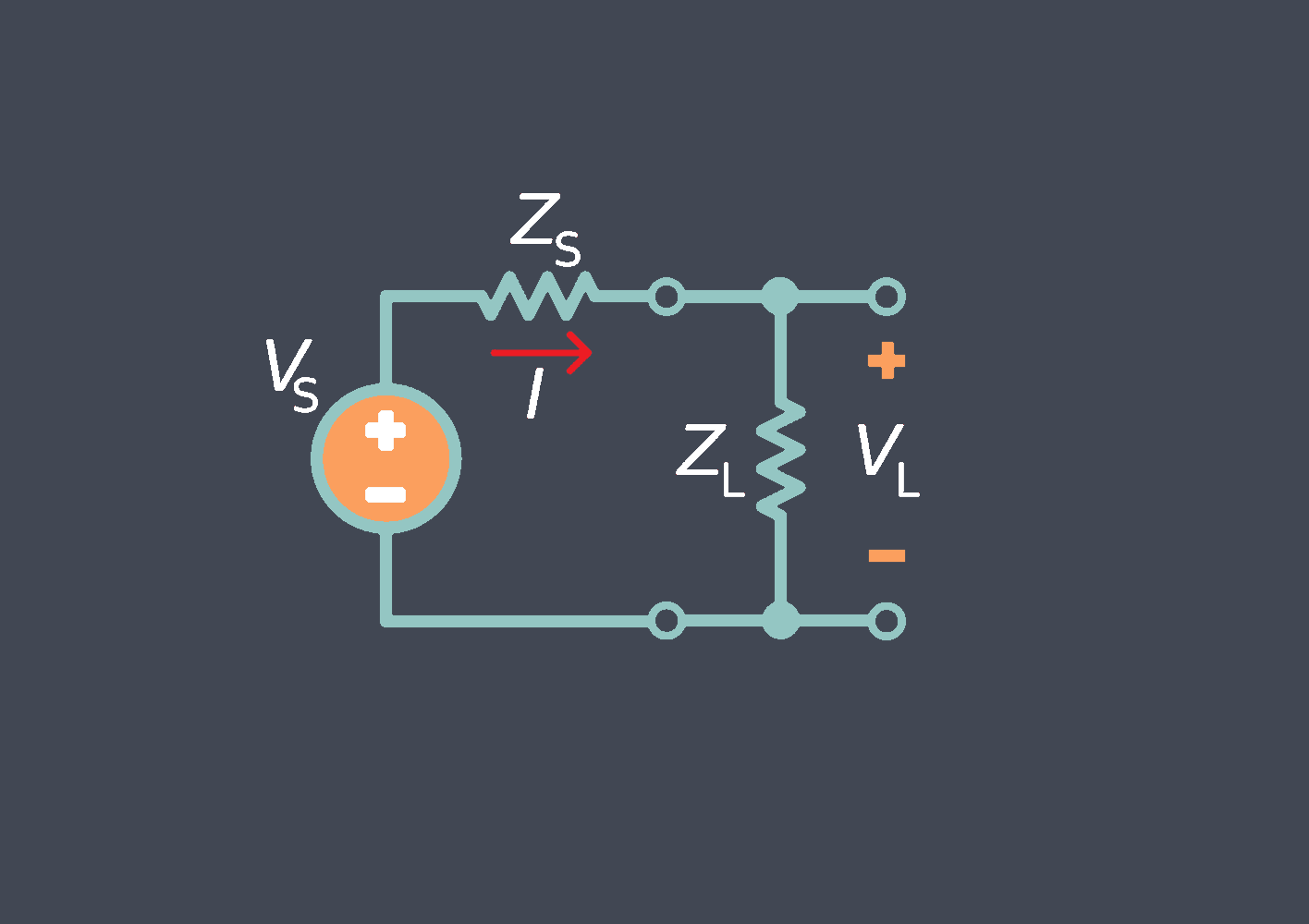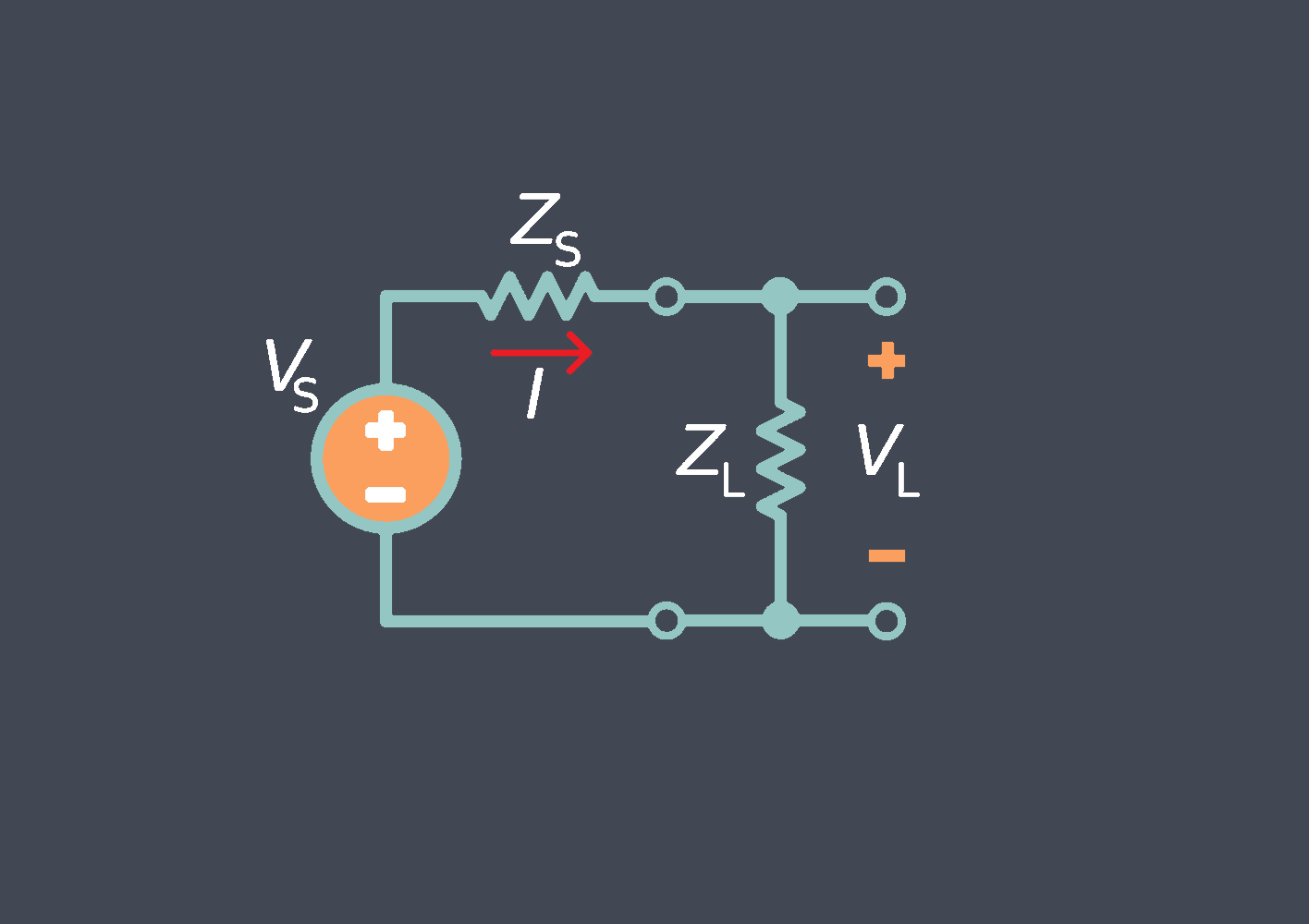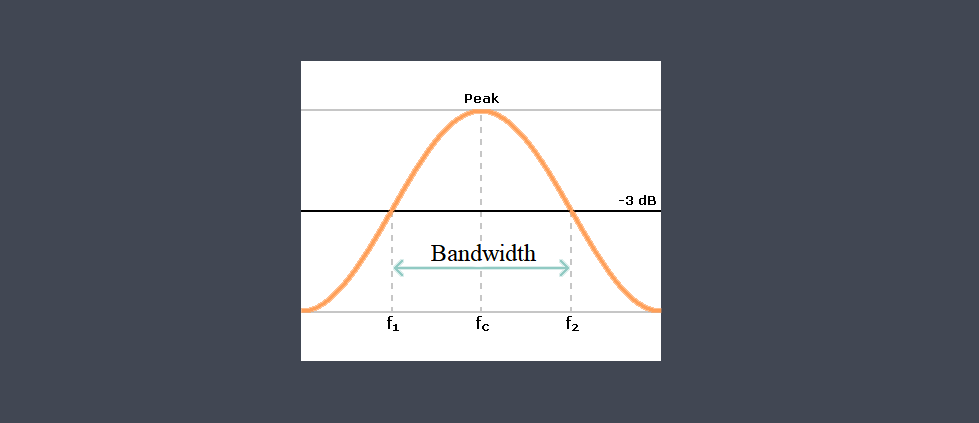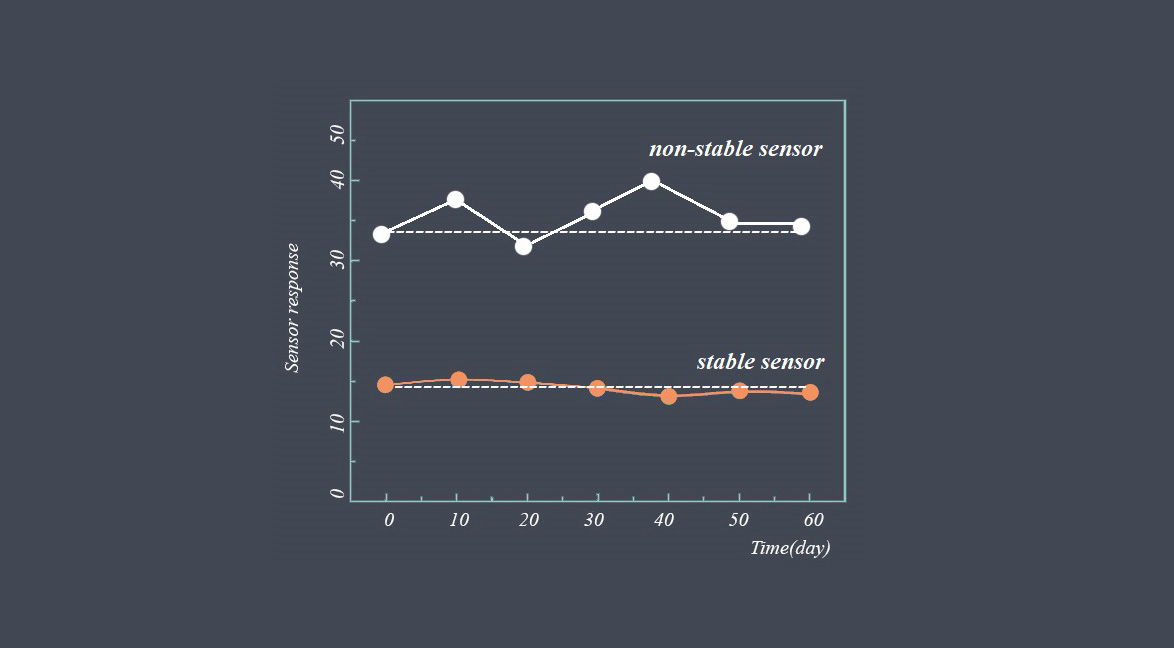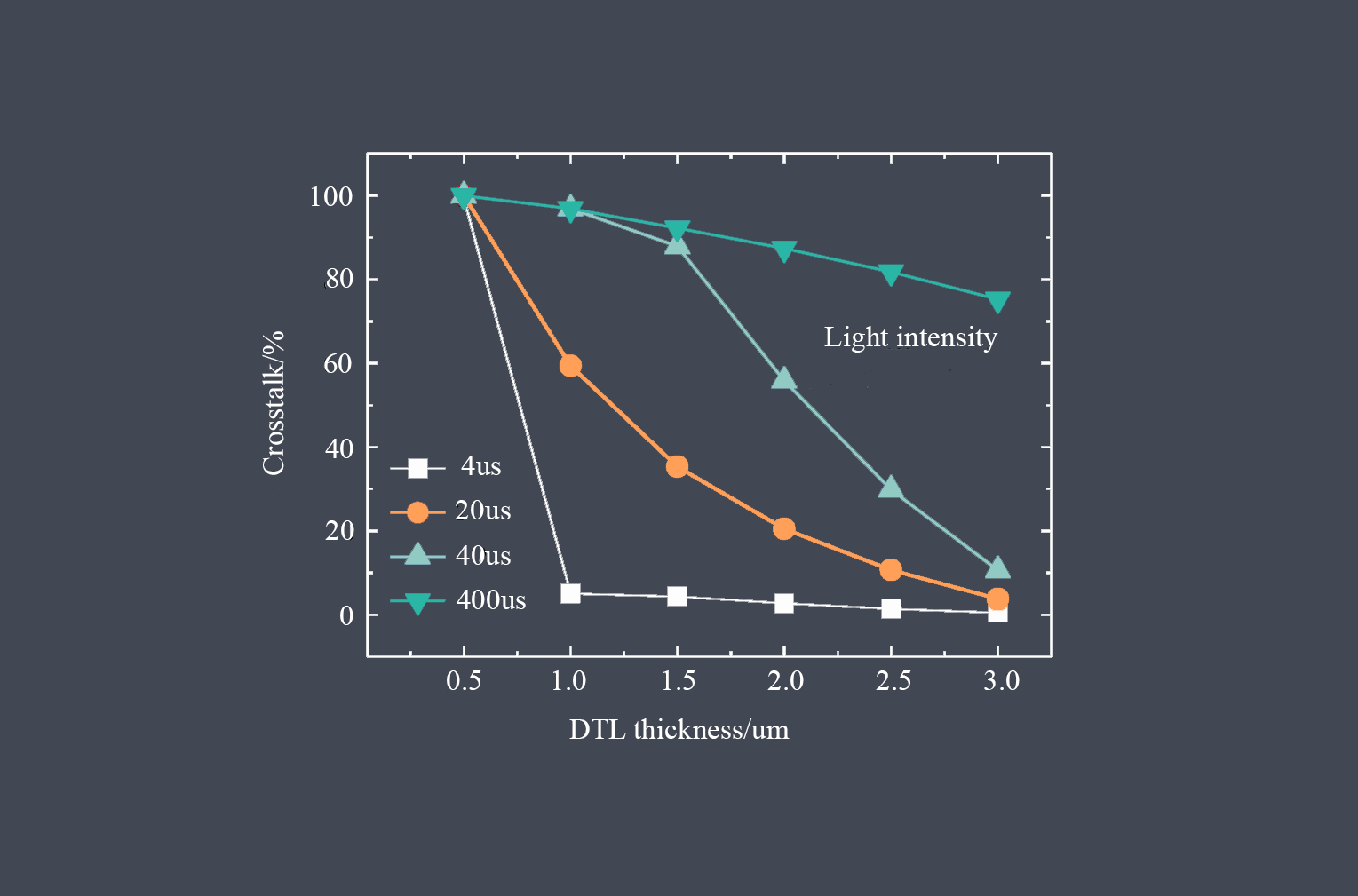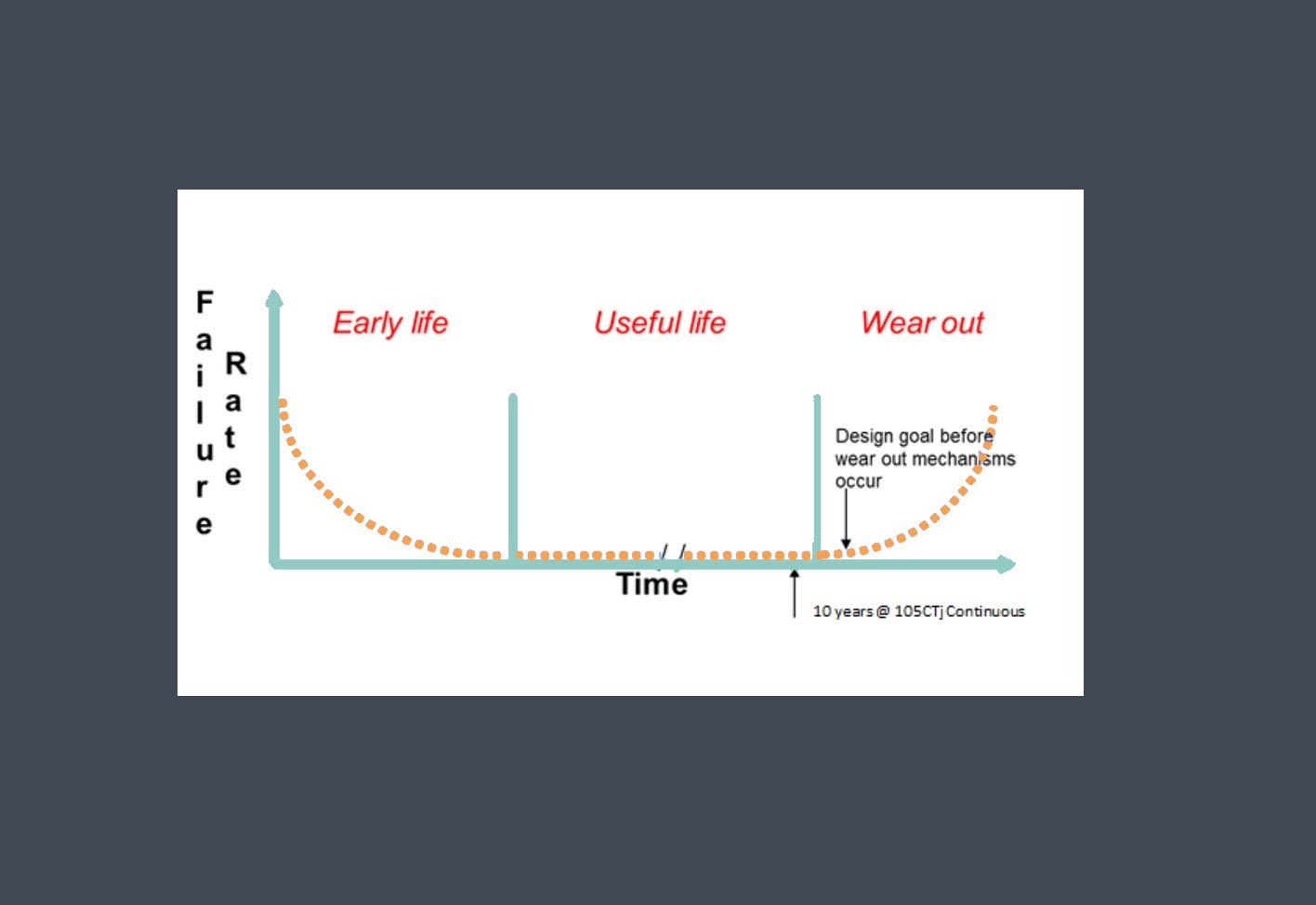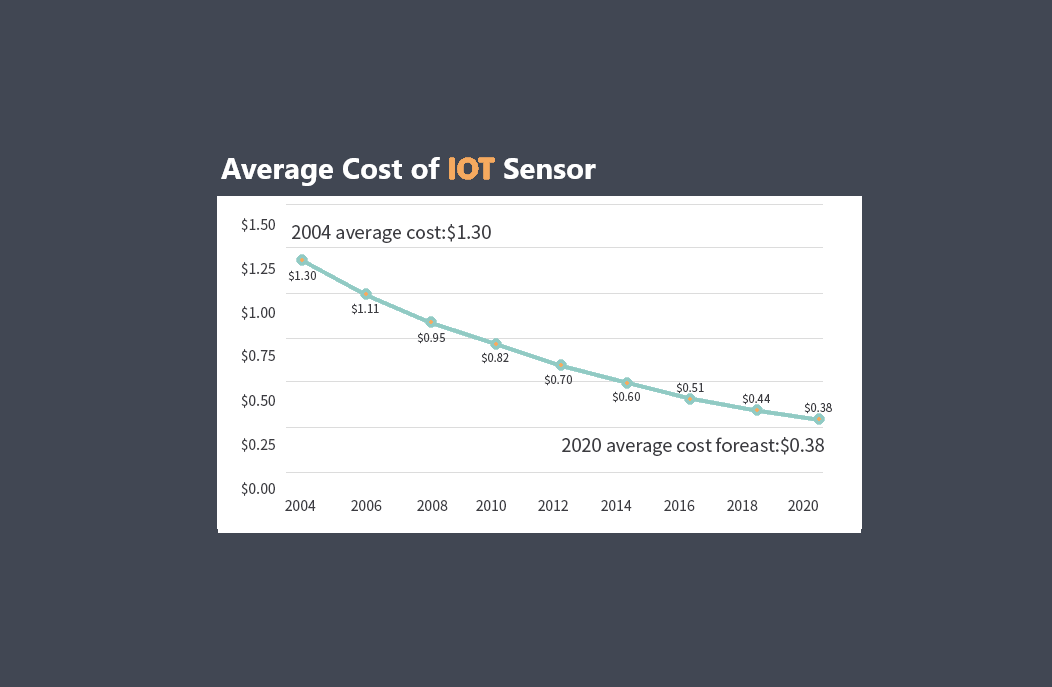
Sensor resolution refers to the smallest change in a parameter that a sensor can detect and measure. It is typically expressed as the smallest change in the input parameter that will result in a detectable change in the output signal of the sensor.
Resolution of a sensor refers to the smallest change in the quantity being measured that the sensor can detect and distinguish from noise and other sources of error. In other words, it is the smallest incremental change in the input signal that the sensor can detect and accurately measure.
The resolution of a sensor is determined by the number of bits in its analog-to-digital converter (ADC) or by the sensitivity of its analog circuitry. A sensor with a higher number of bits in its ADC or with more sensitive analog circuitry will generally have higher resolution.
An example of sensor resolution
For example, let’s consider a temperature sensor with a resolution of 0.1°C. This means that the sensor can detect changes in temperature as small as 0.1°C. Suppose the temperature reading from the sensor is currently 25.5°C. If the temperature increases by 0.05°C, the sensor may not register this change because it is smaller than its resolution. However, if the temperature increases by 0.1°C or more, the sensor will detect and report this change.
Therefore, the resolution of a sensor is an important specification that determines the level of detail that can be captured by the sensor.
Why is sensor resolution important?
Resolution is an important characteristic of a sensor because it determines the smallest change in the parameter that can be detected and measured accurately. A sensor with high resolution can detect small changes in the parameter with high accuracy, while a sensor with low resolution may miss small changes or provide inaccurate measurements.

What's the difference between the resolution of a sensor and the precision or Accuracy?
The resolution of a sensor refers to the smallest change in input signal that can be detected by the sensor. It is determined by the number of bits used to represent the signal, with a higher number of bits resulting in a higher resolution.
Precision refers to the consistency of the measurements made by the sensor. A sensor is considered precise if it consistently produces the same output for the same input signal. In other words, precision is a measure of the reproducibility of the sensor’s readings.
Accuracy, on the other hand, refers to how close the sensor’s measurements are to the true value of the input signal. An accurate sensor will produce measurements that are very close to the actual value of the input signal, while an inaccurate sensor will produce measurements that are significantly different from the actual value.
To summarize, resolution is related to the smallest change a sensor can detect, precision is related to the consistency of the sensor’s readings, and accuracy is related to the closeness of the sensor’s readings to the true value of the input signal.
Calculate the sensor resolution
The resolution of a sensor can be calculated by dividing the range of measurement of the sensor by the number of bits used to represent that range. The formula for calculating resolution is:
Resolution = (Range of measurement) / (Number of bits)
For example, let’s consider a sensor that measures temperature in the range of -50°C to +150°C and has a 12-bit analog-to-digital converter (ADC). To calculate the resolution of this sensor, we can use the above formula as follows:
Range of measurement = 150°C – (-50°C) = 200°C Number of bits = 2^12 = 4096
Therefore, the resolution of the sensor is:
Resolution = 200°C / 4096 = 0.0488°C
This means that the smallest detectable change in temperature that can be measured by the sensor is 0.0488°C. Note that this calculation assumes that the sensor and ADC have perfect accuracy and no noise. In practice, the actual resolution may be lower due to noise and other factors.
Image sensor resolution

Resolution in image sensors refers to the number of pixels that can be captured by the sensor. The higher the resolution, the finer the details that can be captured in an image. Resolution is usually expressed in terms of the number of pixels across the width and height of the sensor.
For example, a sensor with a resolution of 1920 x 1080 (also known as “Full HD” or 1080p) has 1920 pixels across the width of the sensor and 1080 pixels down the height. This gives a total of 2,073,600 pixels (or 2 megapixels) on the sensor.
Higher resolution sensors are able to capture more detail, but they also require larger file sizes and may require more processing power to handle the increased data. Image sensors with resolutions of 4K or even 8K are becoming increasingly common in cameras and other imaging devices.
Important parameters of sensor resolution
The resolution of a sensor is affected by several parameters, including:
Pixel size: The size of the pixels on the sensor determines the amount of light that each pixel can detect. Smaller pixels allow for higher resolution but may result in increased noise.
Sensor size: Larger sensors typically have larger pixels, which can improve image quality and resolution.
Bit depth: The number of bits used to represent each pixel determines the range of colors or shades of gray that can be captured. Higher bit depths allow for more detail and smoother transitions between colors.
Optical quality: The quality of the lens and other optical components can affect the sharpness and clarity of the image.
Signal-to-noise ratio (SNR): The SNR is a measure of the amount of signal (i.e., useful information) versus noise (i.e., random fluctuations). A higher SNR allows for better detection of small changes in signal.
Exposure time: Longer exposure times can increase the amount of light captured and improve the resolution, but may also increase noise or motion blur.
Image processing: Advanced image processing algorithms can help to enhance the resolution and reduce noise in the final image.

